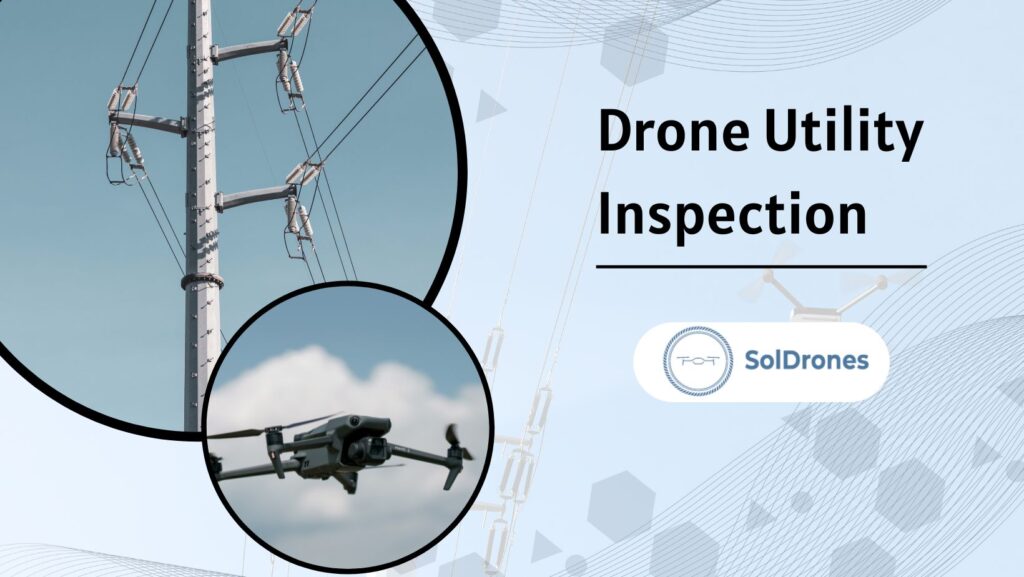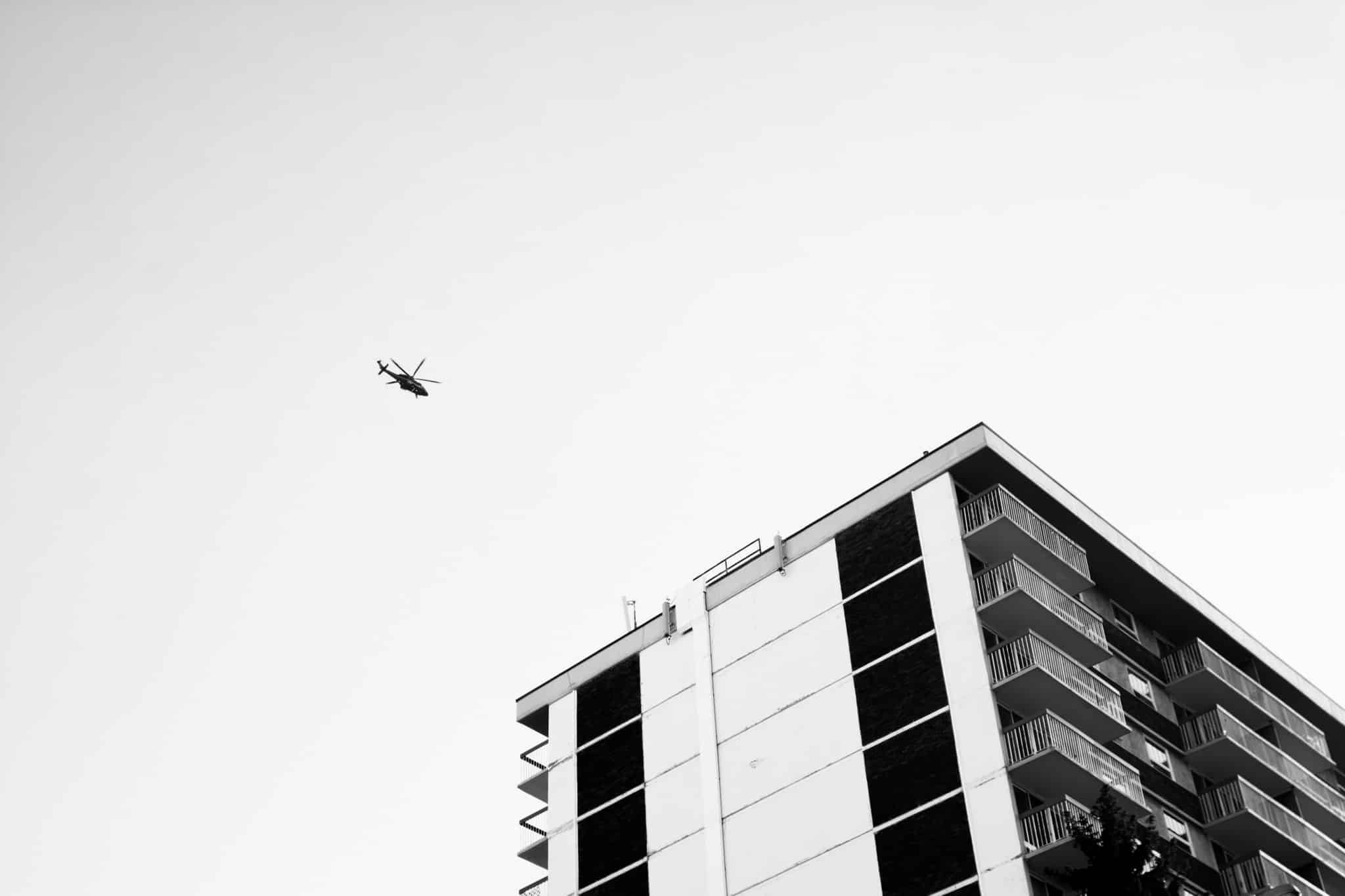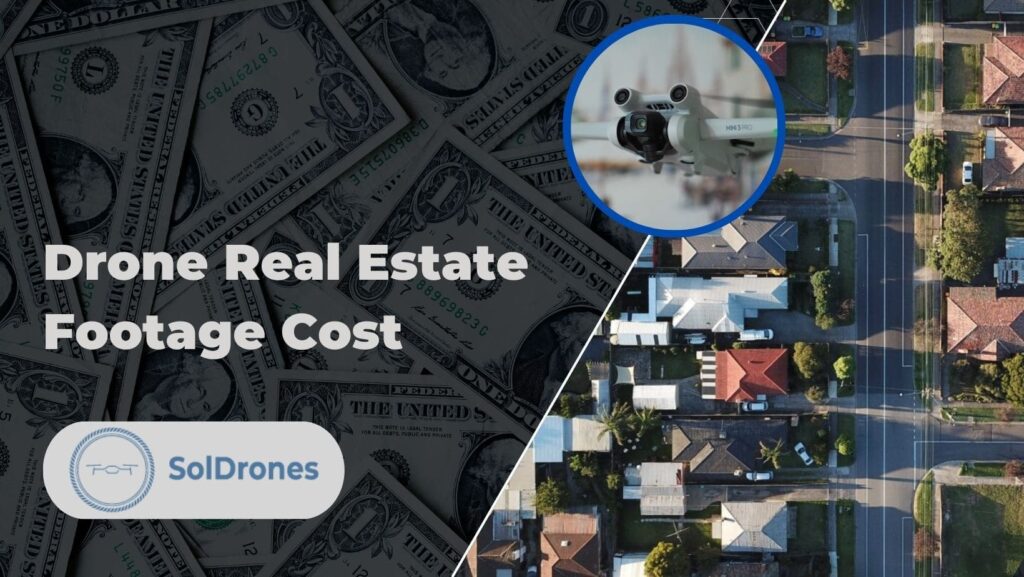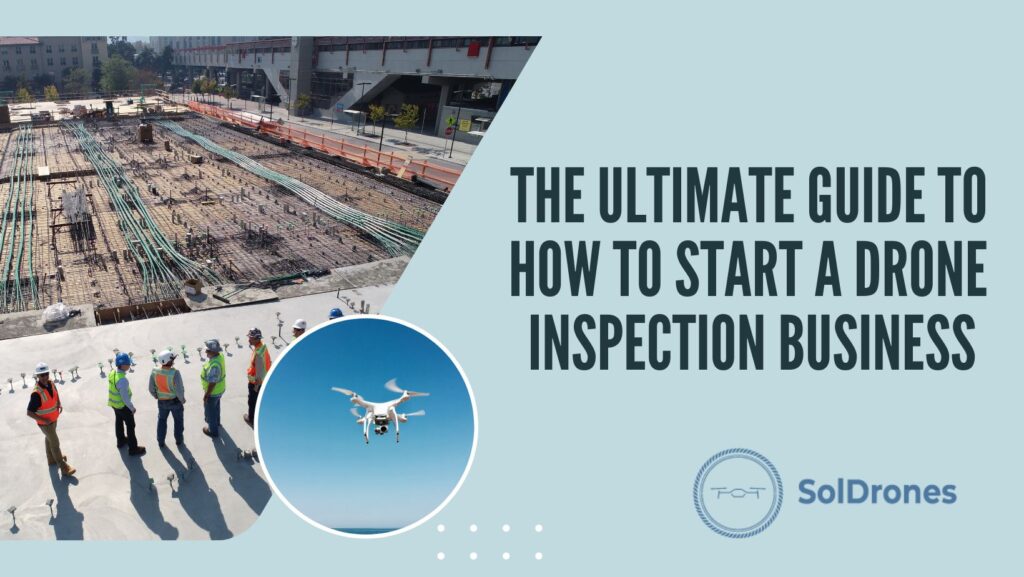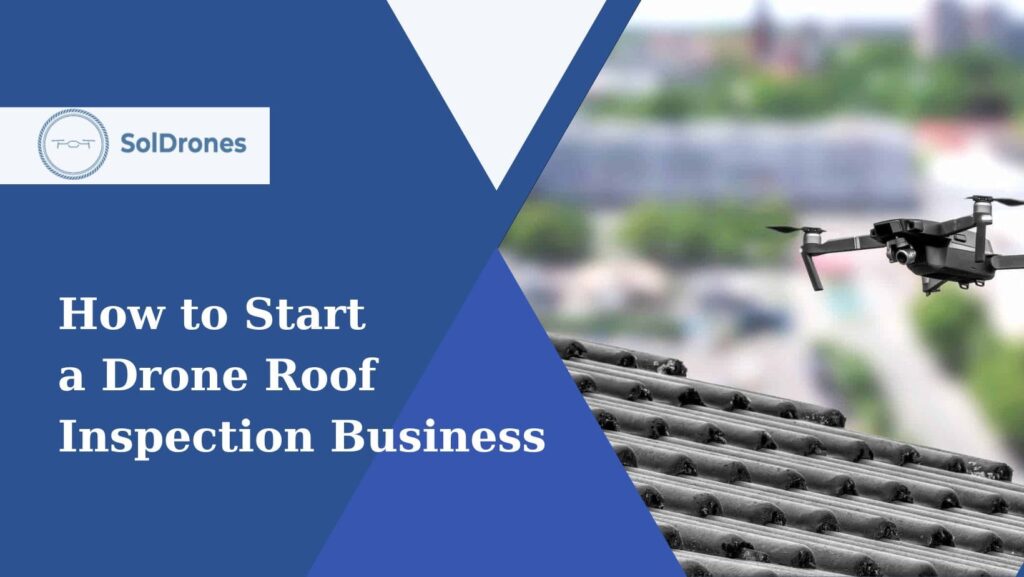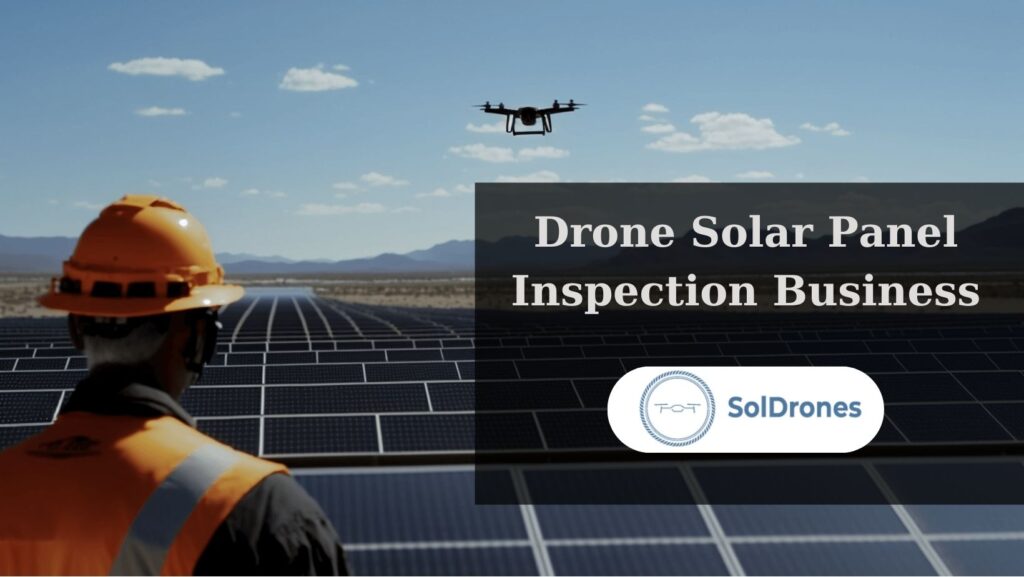Power line inspections were labor-intensive in the not-so-distant past.
In many cases, helicopters needed to hover over these structures to capture photos and structural data — a scenario far from efficient.
But, as with many industries, drones have entered the scene at full force and sparked a sphere of change, steering the industry towards a safer and more proficient frontier.
Utility inspection drones have become pivotal in shifting the outlook of inspecting and monitoring power grids, solar farms, and other utility structures.
If you are steering a utility company and contemplating the leap toward modernization, you are on the right track. The leap toward modernity is not just about technology; it’s a pledge to safety and efficiency.
The leap toward modernity is not just about technology; it’s a pledge to safety and efficiency.
We’ve created this article to help you learn the nuts and bolts of drone utility line inspection, a technology reshaping industry norms. The road ahead is filled with insights waiting to be discovered, a pathway to unprecedented safety and efficiency in utility management.
Article Highlights
- Drones are revolutionizing utility inspections, offering unmatched agility to inspect hard-to-reach areas and ensuring tasks are more exhaustive with Beyond Visual Line of Sight (BVLOS) operations.
- Innovations like 3D modeling and thermal imaging enhance utility tower inspections, with future potential in augmented reality and artificial intelligence to predict and preempt issues.
- Embracing drone technology in utility inspections boosts operational efficiency, safety, and innovation, with integrated software facilitating real-time communication and comprehensive data analysis.
The Transformation of Utility Inspections Through Drone Technology
In the dynamic landscape of utility management, innovation holds the key. It’s important to compare and contrast traditional inspections with the evolved process of drone utility inspections.
Detailed Look into Traditional Utility Inspections
On-the-ground Staff
Once, utility inspections were an endeavor of human grit — engineers armed with notepads braving the elements to secure data. Although tried and true, this methodology had its downsides, the most significant being safety and time inefficiency.
Helicopter Surveillance
The era witnessed helicopter surveillance, an expensive method providing an aerial perspective but accompanied by logistical nightmares and a deluge of photographs that took ages to sift through and analyze.
The Revolution: Drone Utility Inspection
Speed and Efficiency
Enter the drones, a beacon of efficiency and swiftness, promising and delivering real-time insights and changing the utility inspection game for the better. Integrating drone technology translated into agile, responsive, and efficient surveillance systems.
Safety Enhancements
More than an upgrade, it was a safety metamorphosis. Drones took over high-risk environments, drastically reducing hazardous exposures and presenting detailed and comprehensive data that was pivotal in advancing the utility inspection sphere.
As we stand on the threshold of a future powered by drone technology, we can only imagine the heights utility inspections will attain, constantly evolving and adapting, embodying the perfect marriage of innovation and efficacy. Let us anticipate the new milestones this synergy will unveil as we forge into an era of safer and more efficient utility management, thanks to the unbeatable capabilities of drone technology.
The Components of a Drone Utility Inspection System
Diving headfirst into the drone utility inspection ecosystem, it’s paramount to get acquainted with the various components that make this system tick. This segment lays bare the essential ingredients of a top-tier drone utility inspection system.
The Drones: Types and Features
- Different breeds: From fixed-wing drones to multi-rotor variants, understanding the types available is the cornerstone of setting up an inspection regime.
- Features to vouch for: Be it flight time or payload capacity, honing in on the right features can be a game-changer in utility inspections.
Sensors and Artificial Intelligence: Understanding Their Role
- The eyes of the drone: Advanced sensors are like the discerning eyes that capture critical data, with AI being the brain interpreting this rich tapestry of information.
- Predictive insights: AI goes further, offering predictive analytics that can forecast issues before they escalate, a beacon in preventive maintenance.
Cloud Solutions: Data Storage and Management
- Safe havens for data: Cloud solutions step in as the reliable custodians of the data harvested, offering security and easy accessibility.
- Collaboration made easy: Teams can collaborate seamlessly with data available on the cloud, streamlining operations and fostering synergies.
Integrated Software: From Data Collection to Analytics and Reporting
- The nerve center: Integrated software is the control room, where data meets analytical tools, translating into actionable insights and comprehensive reports.
- Customized solutions: Tailoring software solutions to meet specific utility inspection needs ensures a robust and flexible system, ready to evolve with the changing dynamics.
As we dissect the drone utility inspection system piece by piece, it becomes abundantly clear that it is a well-oiled machine, with each component playing a critical role. Stay tuned as we further unravel the intricacies of this futuristic approach to utility management, brimming with potential and ready to revolutionize industries.
Detailed Analysis of Drone Inspection Processes
The journey of drone inspections is a meticulously charted voyage that begins long before the drone takes to the skies; it’s not just a simple flyover. This planning phase is pivotal, where every successful mission kicks off with a well-laid plan involving mapping routes, setting objectives, and establishing protocols, ensuring the drone is geared to execute its mission with utmost precision.
Once airborne, the real hero behind the scenes is seamless communication — the rope that binds the drone to its ground operators, a nexus facilitating immediate responses to evolving situations, making adjustments in flight patterns, or efficiently tackling unforeseen challenges.
As the drone traverses its path, it becomes a data powerhouse, harvesting a rich array of data encompassing visual, thermal, or infrared spectra. This data reservoir is then meticulously distilled, analyzed, and converted into actionable insights that become the linchpin in steering utility management decisions.
Yet, when the drone lands, the mission is far from accomplished. In the post-inspection phase, insights morph into comprehensive reports, delineating a road map for scheduling maintenance, pinpointing vulnerabilities, or strategizing for future expansions, essentially bridging the gap between inspection and tangible, on-ground actions.
Electric Utility Inspection Drones: Meeting the Needs of Electric Utilities
Electric utility inspections come with their own set of distinct requisites and concerns. It is vital to underline the special considerations that steer this niche, such as ensuring a safe distance from high-voltage areas and navigating the intricate web of wires with a keen eye on detail, augmenting the safety and efficacy of inspections.
A glance at real-world successes in this sector showcases drones playing a starring role, not just as silent spectators but as active contributors in harnessing efficiency. Case studies illuminate drone technology as a harbinger of transformative changes, delineating paths to proactive, data-driven decision-making, replacing reactive strategies traditionally deployed.
Economic discernment calls for a vigilant eye on the cost-effectiveness of adopting this futuristic technology. Delving into a meticulous cost-benefit analysis, one realizes that drone inspections triumph with flying colors, presenting a compelling case for a revolution in utility inspections, where benefits encompass economic savings and extend to enhanced safety and precision.
Drone Utility Line Inspection: A Closer Look
The intricate web of utility lines, often snaking through treacherous terrains or towering to dizzying heights, can be daunting for human inspectors. However, drones, with their unmatched agility, are redefining these tasks. These UAVs are adept at inspecting areas that are difficult to reach or that present high risks, often with a clarity and detail that the naked eye might miss.
Another trailblazing advantage in drone utility line inspection is the Beyond Visual Line of Sight (BVLOS) operations. This innovation means drones can survey lengthy stretches of lines, going beyond their operators’ immediate line of sight. It’s a game-changer, ensuring inspections are more exhaustive and less restricted.
Finally, the salient benefits cannot be discussed without highlighting the pronounced enhancements in safety and efficiency. By keeping ground staff out of harm’s way and significantly reducing the time taken for inspections, drones are crafting a future where utility line checks are quicker, safer, and infinitely more precise.
Preparing for the Future: Drone Inspections for Utility Towers
In the dynamic world of utility tower inspections, the drone technology spectrum is constantly broadening. Innovations such as 3D modeling and thermal imaging are just the tip of the iceberg regarding advancements making waves in the sector. These technologies facilitate a detailed analysis, making pinpointing defects or areas requiring attention easier.
Looking forward, it seems the sky is truly the limit. Drone utility tower inspections are on the verge of incorporating augmented reality, offering an even more detailed and immersive inspection experience. Coupled with artificial intelligence, future inspections will identify issues and predict potential problem areas before they escalate, fostering preemptive measures.
Companies must align with this forward momentum as we stand on the brink of this transformative era. It involves a holistic approach, from upskilling the workforce to integrating the latest software into the business model. Preparing now will ensure a seamless transition, ushering your company into a future of more efficient and safer utility tower inspections.
Final Thoughts
As we glance backward, it’s undeniable that drone technology has revamped the utility inspection landscape, steering it toward a horizon brimming with unmatched potential. From the remarkable boost in efficiency to the safety benefits it brings, the advent of drones in utility inspections is a game-changer. Case studies across various sectors within the industry bear testimony to the remarkable strides achieved in recent years.
Going ahead, it is clear that the fusion of drone technology with artificial intelligence and other avant-garde technologies holds the promise of further revolutionizing the utility inspection processes. Emphasizing real-time communications and a streamlined approach from pre to post-inspection planning lays a solid foundation for a safer and more efficient future. As we gear up to meet the demands of tomorrow, equipping oneself with the knowledge of these emerging trends is beneficial and essential.
As utility service providers or entrepreneurs eyeing this space, understanding the various facets of drone utility inspection—from the equipment to the software and from the preparatory phase to real-time data analysis—offers a roadmap to success.
Tapping into the rich vein of opportunities that drone technology unfolds promises improved operational efficiencies and fosters a culture of safety and innovation. The transformative journey of drone utility inspections beckons, offering a vista of opportunities just waiting to be seized.
FAQs
What are the main benefits of drone utility inspection over traditional methods?
Drone utility inspections have revolutionized the traditional approaches to inspecting utility infrastructures, notably improving efficiency and safety. By leveraging drone technology, companies can conduct inspections faster, with real-time data collection and analysis capabilities, while significantly reducing the risks associated with manual inspections.
How do electric utility inspection drones cater to the specific needs of electric utilities?
Electric utility inspection drones are designed to address electric utility’s unique needs. They not only facilitate the inspection of high-risk areas but also enable Beyond Visual Line of Sight (BVLOS) operations, which enhance safety and efficiency. Furthermore, they play a pivotal role in helping companies carry out a detailed cost-benefit analysis, thereby aiding in making informed decisions based on comprehensive data.
What software is typically integrated with a power utility drone inspection system?
Integrating software is crucial in bridging technology and utility management in a power utility drone inspection system. This software aids in various aspects, including data collection, analytics, and reporting, while offering features such as real-time communication with drone operators and cloud solutions for secure data storage and management.
What future advancements are expected in drone utility tower inspections?
The future of drone utility tower inspections is expected to witness further advances in drone technology, offering more sophisticated solutions for utility tower inspections. Companies should prepare for trends like artificial intelligence integration for smarter data analysis, enhanced drone features for more detailed inspections, and evolving regulatory landscapes that might open up new opportunities in drone inspections.
What are the steps involved in a drone utility site inspection process?
A drone utility site inspection process typically involves several steps to ensure a comprehensive and effective inspection. It starts with pre-inspection planning, where all the necessary preparations are made. During the inspection, there is real-time communication with drone operators facilitates the smooth gathering of essential data. Post-inspection, this data is analyzed thoroughly to generate detailed reports that aid in maintenance planning and other necessary follow-up actions. The process leverages integrated software solutions to facilitate seamless operations from start to finish.

